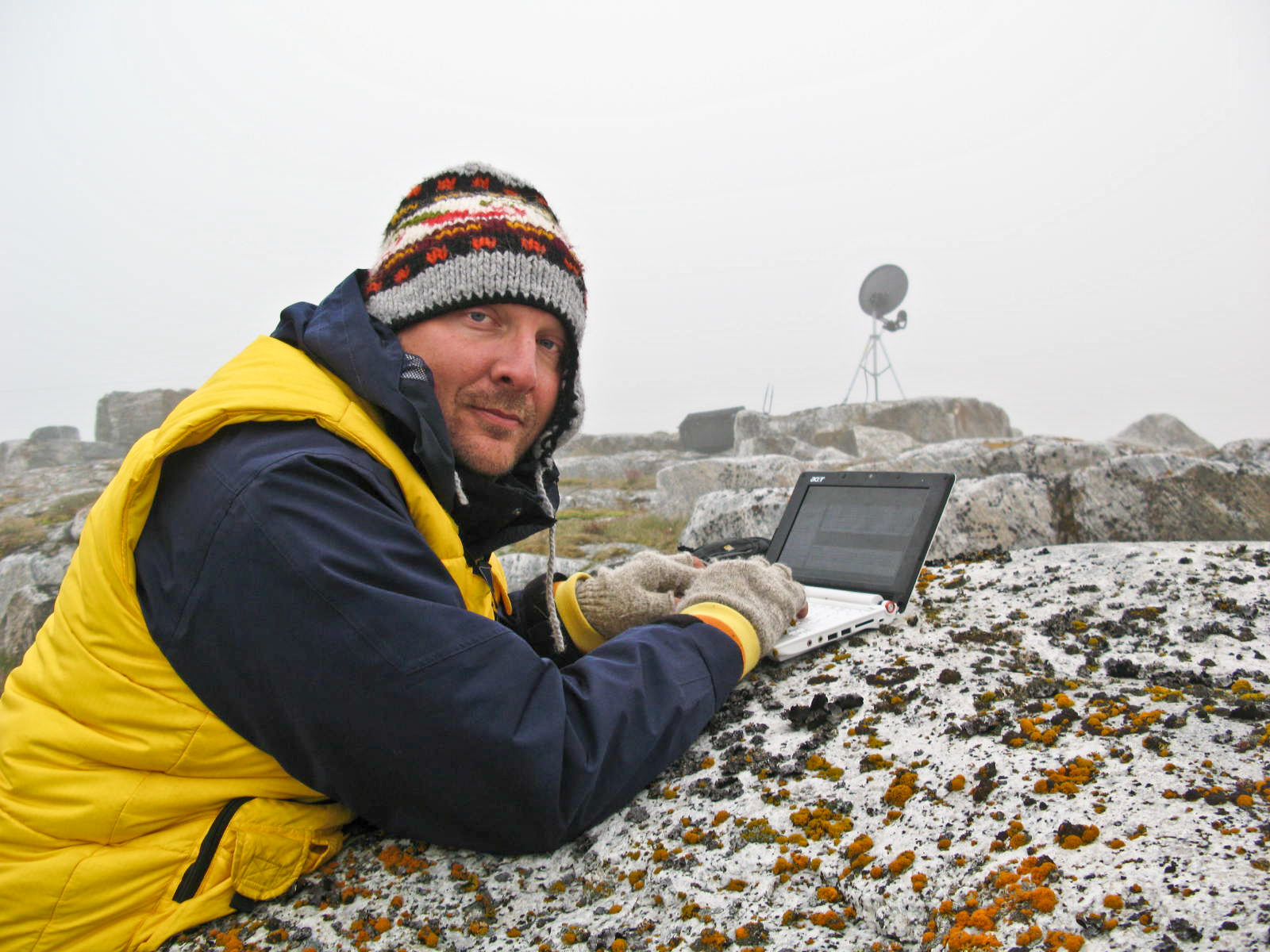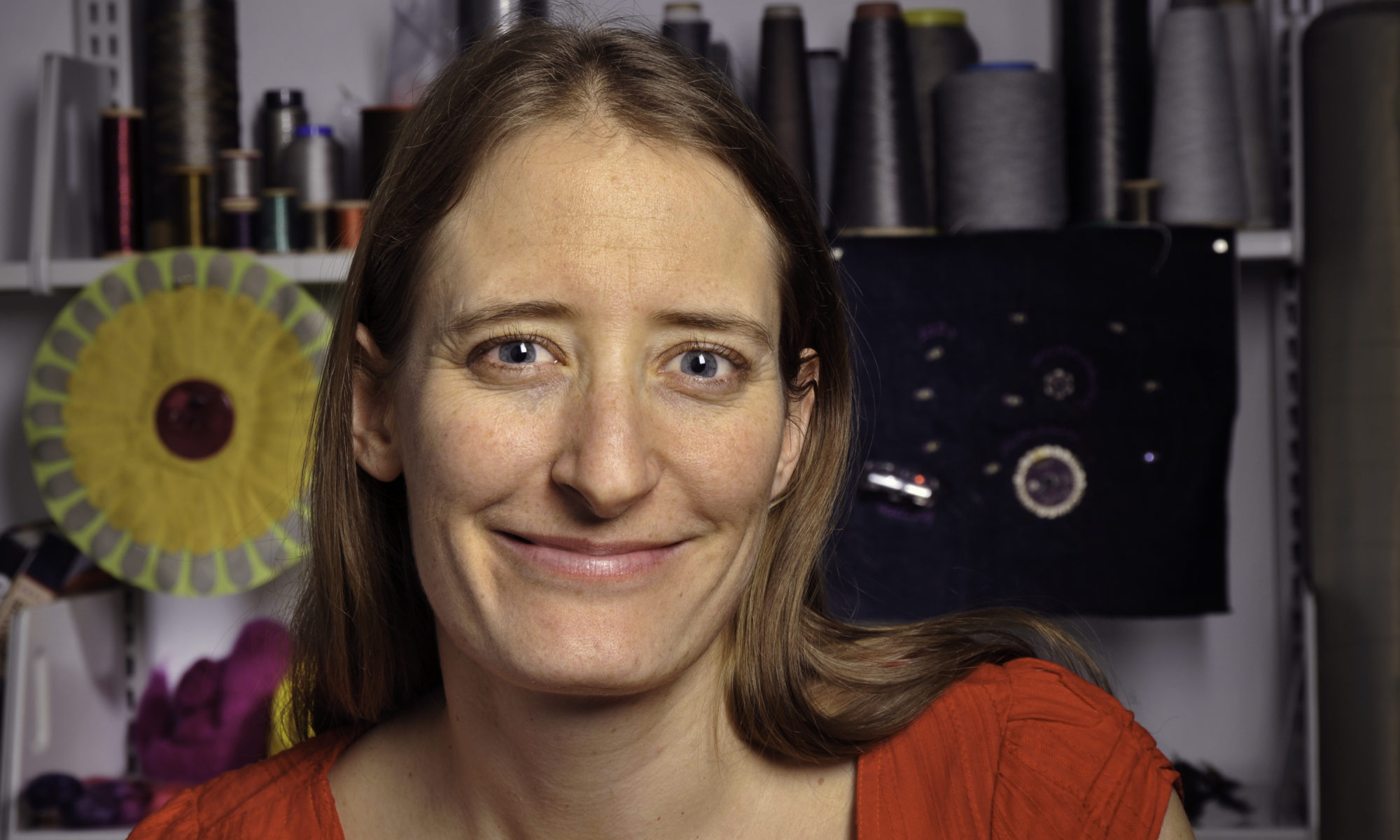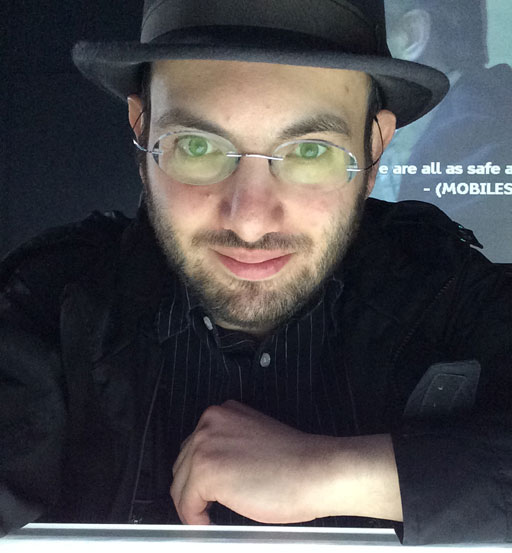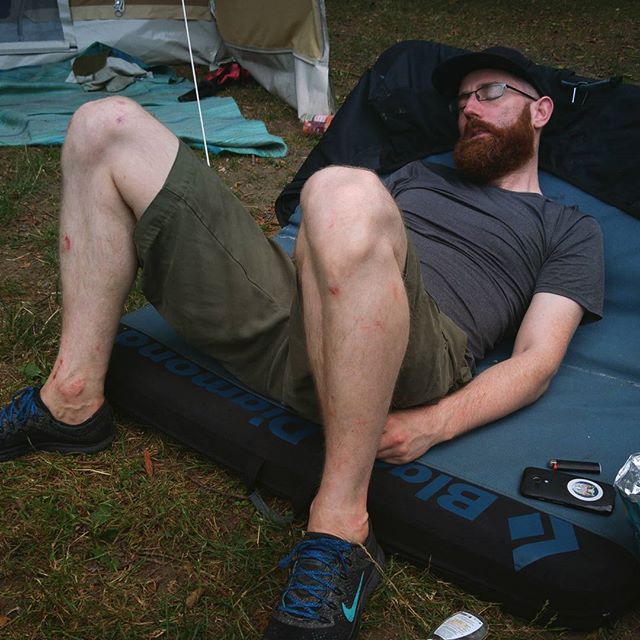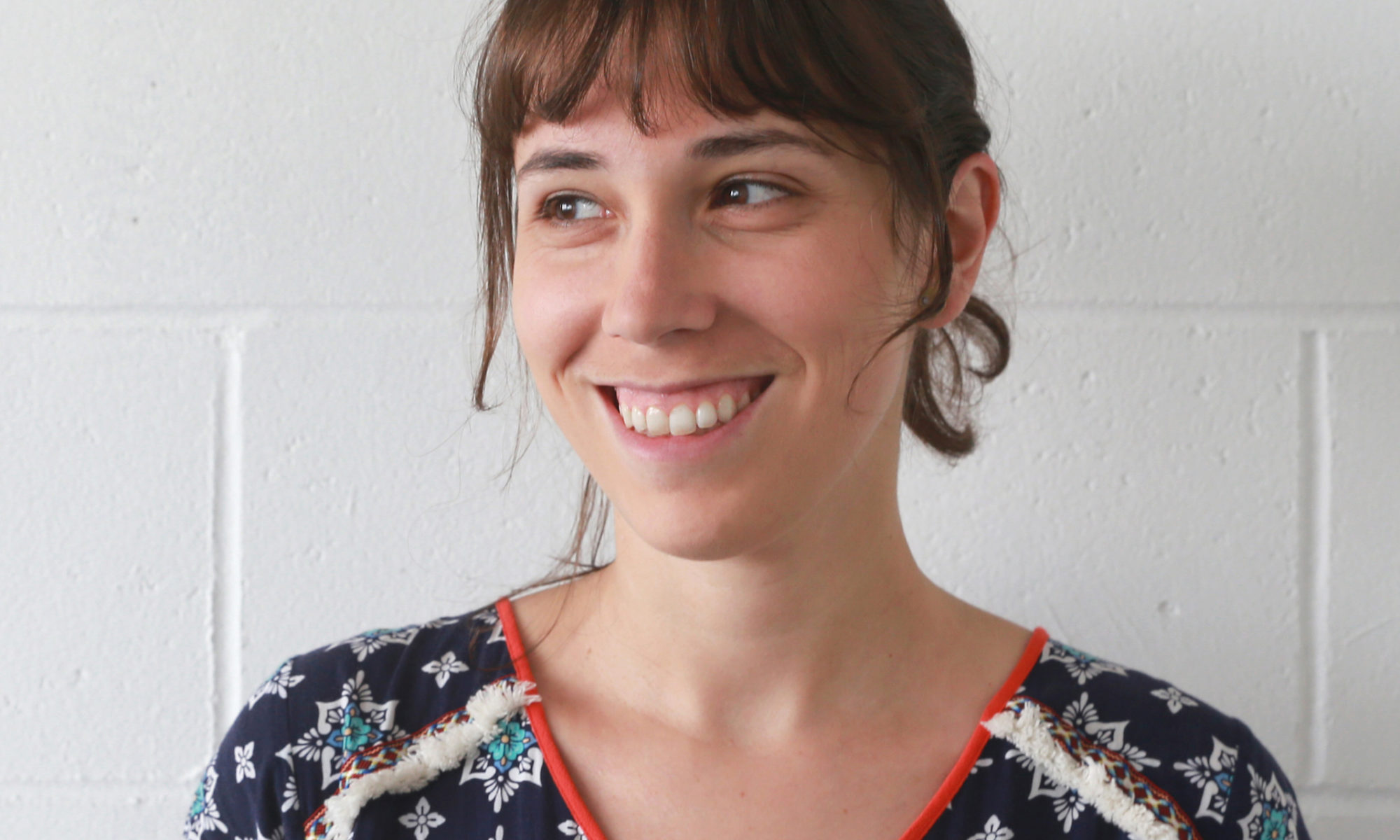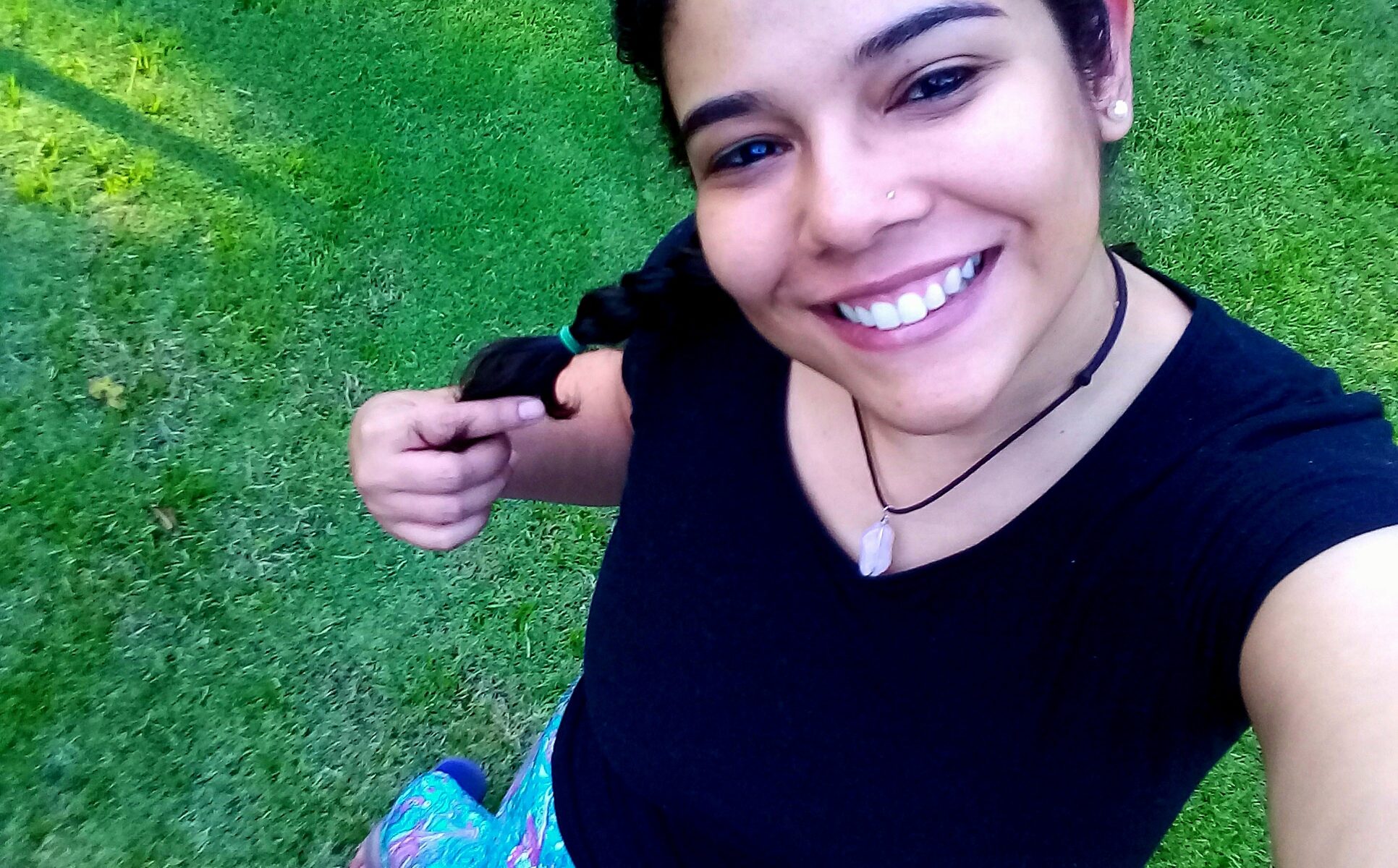Marko Peljhan is a theatre and radio director, conceptual artist and researcher. He founded and co-founded several still active arts organizations in the 90’s such as Projekt Atol and one of the first media labs in Eastern Europe LJUDMILA. From 1994 on he worked on Makrolab, a project that focuses on telecommunications, migrations and weather systems research in an intersection of art/science/engineering; the Interpolar Transnational Art Science Constellation, International Polar Year project 417 and the Arctic Perspective Initiative, with Matthew Biederman. He serves as professor and director of the MAT Systemics Lab at the University of California Santa Barbara, the Chair of the Media Arts and Technology program at UCSB, the coordinator of international cooperation of the SPACE-SI Slovenian Centre for Space Sciences & Technologies and editor at large of the music label rx:tx. In the radio spectrum he is known as S54MX. In 2007 Marko co-founded the unmanned systems engineering company C-ASTRAL, where he serves on the board and at DINACON he will be fielding a long distance flying unmanned system capturing multispectral data for the creation of rapid, daily cartographic and GIS products for the use by the DINACON research community
Leah Buechley
August 4-10
Leah Buechley is a designer, engineer, and educator. Her work explores integrations of electronics, computing, art, craft, and design. Her inventions include the LilyPad Arduino, a construction kit for sew-able electronics. She currently runs a design firm, Rural / Digital, that explores playful integrations of technology and design. Previously, she was an associate professor at the MIT Media Lab, where she founded and directed the High-Low Tech group. Her work has been exhibited internationally in venues including the Exploratorium, the Victoria and Albert Museum, and Ars Electronica and has been featured in publications including The New York Times, Boston Globe, and Wired. Her research was the recipient of the 2017 Edith Ackerman award for Interaction Design and Children. Leah received a PhD in computer science from the University of Colorado at Boulder and a BA in physics from Skidmore College. At both institutions she also studied dance, theater, fine art, and design.
At dinacon Leah will give a talk about her recent work in computational ceramics.
Jonathan Gill
I plan to develop a low-cost, open-source platform for testing the perceptual and cognitive abilities of animals in the wild. This would be a continuation of my Wild Behavior project from the last Dinacon, with the ability to survey new animals and try out new technologies in a different environment. Additionally, I would like to lead a workshop on field neuroscience, potentially recording brain activity from insects, or recording and modeling group dynamics (ant colonies, swarms of gnats, etc.).
I am a behavioral and computational neuroscientist who’s work connects brain-machine interface engineering with behavioral studies of sensory perception. In short, I design technologies that let us “see” what brains are doing and try to connect this to what humans and animals are thinking and feeling. With my “Wild Behavior” project, I am trying to take the types of behavioral experiments we perform in the lab and bring them into the wild, letting us study things like perception, memory and decision-making in a diverse range of species. At Dinacon, I would like to combine my expertise designing behavioral systems with the opportunity to interact with and learn from a diverse community of makers, designers, and artists to create an open platform for field neuroscience.
Tiare Ribeaux
During DINACON, I am interested in a few different avenues of exploration: studying symbiotic relationships and mutualism in different species in Panama (such as leaf-cutter ants and fungus crops; plants and mycorrhizal fungi; frogs and their skin microbiota); then creating a unique bio-digital project that involves sculpture, sensors, and storytelling to demonstrate these symbioses. Alternatively, I would like to research the unique amphibian life in Panama (with advice from the Smithsonian Tropical Research Institute) and potentially design new structures, sculptures, recovery modules, or toys for these amphibians. These can be made of biodegradable materials such as bioplastics, and could collect various data using sensors. I would love to be a Node Leader at the conference, and could teach a bioplastics workshop, and do a talk about speculative design for and collaborating with other species.
Tiare Ribeaux is a new media and interdisciplinary Hawaiian-American artist and curator based in the Bay Area. She is the Founder and Artistic Director of B4BEL4B gallery, co-founded REFRESH Art, Science, and Technology; and curated the Soundwave ((7)) Biennial in 2016. As an interdisciplinary artist, her work explores the entanglements of technologies, biology and infrastructures with mythologies, the environment, and microbial/non-human species. She is interested in living systems, deep/dark/media ecology, rhizomatic networks, speculative futures, multi-species ontologies and collaborative entanglements.
Josh Michaels
[Aug 18-28]
Josh Michaels is a multi-disciplinary artist & scientist who works with time as a medium. Josh perceives of time as space in a synesthetic way. He produces works that modify the dimensionality of time such that it can be perceived spatially. These explorations push the limits of chronophotography using cameras, computers, and advanced image processing techniques.
Nature immersion/imagery micro-study. The goal of this study is to compare the therapeutic benefits of nature immersion to viewing images and video of nature. Several studies have suggested that the impact of viewing nature images can be 90% as effective as actually physically being in nature in terms of therapeutic benefits. The existing studies are limited and have not compared immersion to imagery for the exact same environment. For the study I will use an OpenBCI headset to capture the brainwaves of participants as they sit in nature, and again on a later date as they view images of the same environment. The data will be compared to see how experiencing nature compares to viewing images and video of it.
Sjef van Gaalen
Design researcher. Futures & Fiction, Collage & Camouflage. Structure & Narrative.
Some of you might remember the mess of a workshop last year at Dinacon 1 in which we solved capitalism with de-extincted CRISPR dinosaurs that filtered plastic and pooped structures for aquatic farms to grow on? You don’t? Ok cool yeah me neither.
This year there’s going to be more better weirder futures & fictions, as we collectively create a speculative map populated with fictional narratives based on extrapolations of how Dinacon projects have gone extremely wrong awesome. I’m sure it will be good clean methodologically sound fun.
Deren Guler
Deren Guler is a researcher and educator who specializes in designing accessible technology solutions and tools. She holds a BS in Physics and a Master of Tangible Interaction Design from Carnegie Mellon University. She is a part-time Lecturer in the Design and Technology department at Parsons the New School for design and leads workshops in designing for the future around the world. Her work has been featured in the New York Times, BBC, CNN, and Wired among others. She is the founder of Teknikio, a series of electronic components and kits designed to foster technological literacy and creative confidence especially in girls, through physical experimentation.
I am interested in creating a series of natural and artificial smart environments that interact with each other to explore the perception of “high tech” systems. This will build off of the project I started at Dinacon last year and have been researching through speculative design tools.
Joel Murphy
Joel is the engineer behind the Pulse Sensor www.pulsesensor.com and OpenBCI www.openbci.com. Joel designs and hacks electronics and specialize in biosensing. Other exploits include www.tympan.org, www.openhak.com. he is co-designing this year’s badge for the Biohacking Village at DEFCON.
I plan to be humbled by the difficulties of working with tech in the jungle.
Julian Stirling
I am a physicists specialising in instrumentation. I have worked on experiments ranging from blue skies measurements of the Universal Constant of Gravitation, to practical mass metrology at the milligram level. At the University of Bath I work on open source hardware, including the OpenFlexure microscope.
I will bring openflexure microscopes, and spare parts into the field. Over the week others will be able to use them for their own projects providing feedback on how they perform in the field, and try to fix any issues on the fly. From this experience we will document the field performance, and plan a ruggedised field version of the microscope.
Mar Alzamora
Coming from nearby Panama City, Mar is a musician, writer, sound artist, speaker, educator and cultural manager. An advocate of experimental and new music and sound studies. Co-founder and bassist of the Paisaxe Ensemble since 2008. Her poetry and short films have won multiple local and international awards. Her literary work has been translated into English, Arabic and French. She holds a Bachelor of Arts, Music (Arizona State University) and a master’s degree in Sociocultural Animation and Community Development. Certified instructor of Deep Listening and Nāda Yoga.
Her current research is based in the relationship between sound, the urban environment, bodies of water, memory and experimental art. For more info: www.maralzamora.net Instagram: @maralzamorarivera
During the Dinacon, I will be working on a series of soundwalks around Gamboa to meditate about the sound diversity that will surround us. Everyone is welcome to join! I will be writing sonic meditations, poems and create visual poems about the walks. Since Gamboa is located by the Panama Canal, it will be a biopoetic experience colored by history and life.

